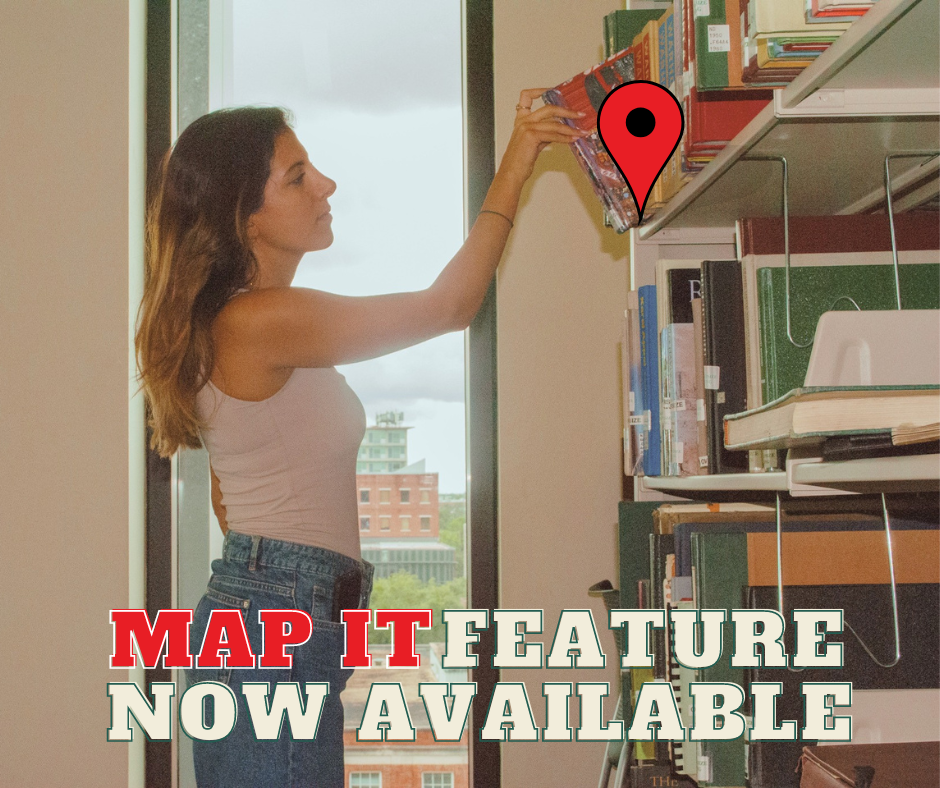This New Technology Will Locate Your Book on a Map of the Library
Tulane University Libraries has added a new feature to its library catalog where you can locate the item you're looking for using the "Map it" feature, saving you time and effort.
The “Map it” wayfinding feature comes from software developed by a San Francisco-based company called StackMap, which was started in 2008 by a team of undergraduate students at Stanford University. The students were not library experts but were motivated by their shared experience of finding it difficult to locate books and other physical items in Stanford’s library. They wondered whether the problem could be addressed through technology.
How it Works
When you search for a book on the library's website, the results displayed in the catalog will have blue “Map it” icons next to the holdings information. Clicking the icon opens a window showing floor plans for the location in which the item is located. A red pin on a floor plan will indicate exactly which range of shelves houses the item to be found. You can zoom in or out on a floor plan map to get a closer look. Although stylized to focus mainly on locating items in the stacks, the maps also identify some important features nearby such as elevators, printers, scanners, copiers, restrooms, and emergency exits.
“Map it” icons also appear for items that can be checked out from the Tulane University Libraries Offsite Facility, even though the facility is not open to the public. In this case, the icons will help staff there to locate and pull materials for courier delivery back to Howard-Tilton or the Matas Library of the Health Sciences downtown more easily. Logged-in users can request these offsite items by using a Request feature in the catalog and couriers visit the offsite facility each weekday.
Items that will not have “Map it” buttons include those in non-print or online formats and print materials in the areas of the library that house rare or unique non-circulating items (Items that can’t be checked out).
The Technicalities
StackMap improves on some existing technology that libraries already employ. Its software applies directly to a library's catalog discovery layer. It collects item locations from the data represented by the call number signs most libraries already maintain as identifiers on their physical shelf ranges. These data are rounded up into spreadsheets that are uploaded to StackMap’s cloud-based platform where its software connects the call number and location data to floor plan information also supplied by the library.
The mapping and implementation process took a couple of months and its maps and data will now be maintained and routinely updated on the StackMap platform by Howard-Tilton Memorial Library’s Stacks Management and Annex & Special Projects departments. The library recognizes that sometimes books in large collections can indeed be hard to find and it implemented StackMap to help. The library also offers a Request an Item service through which current Tulane students, faculty, and staff may request that the library retrieve materials for them. This can be a great time-saver, especially for beginning library users.
AC
8/19/2022
